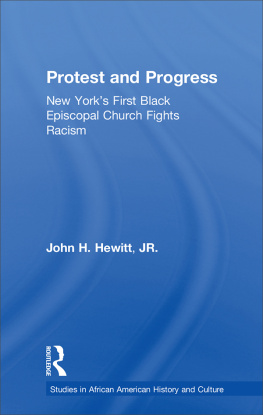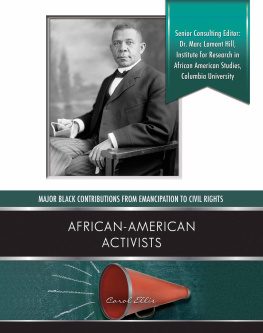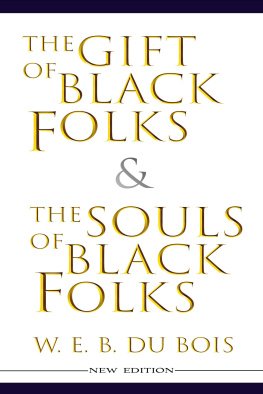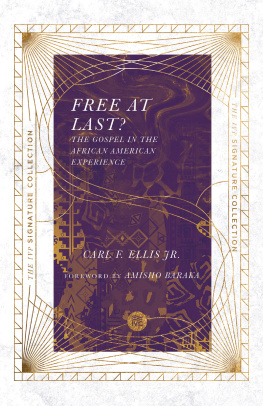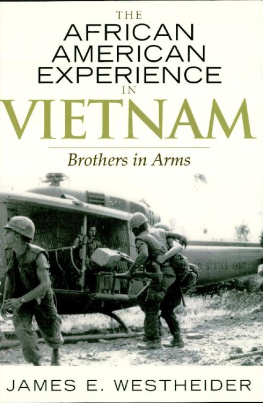Published in 2000 by
Garland Publishing, Inc.
A member of the Taylor & Francis Group
29 West 35th Street
New York, NY 10001
Copyright 2000 by John H. Hewitt, Jr.
All rights reserved. No part of this book may be reprinted or reproduced or utilized in any form or by any electronic, mechanical, or other means, now known or hereafter invented, including photocopying and recording, or in any information storage or retrieval system, without written permission from the publishers.
Library of Congress Cataloging-in-Publication Data is available from the Library of Congress.
ISBN-0-8153-3472-9
John Hamilton Hewitt, Jr.
John Hamilton Hewitt, Jr. was bom August 24, 1924 and deceased on February 25, 2000. He was the only child of John Hamilton Hewitt and Agatha Benjamin Glasgow Hewitt. His half-brother, James A. Glasgow, and half-sisters, Agatha Glasgow Calendar, Christine Glasgow Browne and Adele M. Glasgow predeceased him. His surviving family includes his wife, Vivian Davidson Hewitt; a son, Dr. John Hamilton Hewitt, III; his daughter-in-law, Marie Anne Mallonga Hewitt; and granddaughters, Leigh Anne and Marivien; along with numerous nieces and nephews.
John Hewitts family was originally from St. Croix in the Virgin Islands. Hewitt was educated in New York City schools, and he graduated from DeWitt Clinton High School in 1940. He matriculated at Harvard University in 1941, and after spending two years there, he finished college at New York University in 1948. He later received an M.A. from NYU in 1949. Hewitt started his professional career as a reporter for the Peoples Voice and the New York Amsterdam News. He became a Professor of English and Co-Chairman of the Division of Humanities at Morehouse College in Atlanta, Georgia from 19481952. There he met his future wife, Vivian Davidson of New Castle, Pennsylvania. She was then an instructor in the Graduate School of Library Science in Atlanta, Georgia. They were married on December 26, 1949, and celebrated their fifth wedding anniversary during Sunday morning services at St. Philips. Mrs. Hewitt later became a prominent librarian.
The couple moved to New York City in 1952 where John Hewitt became a medical journalist. He was a staff writer for Frontiers of Psychiatry, an associate editor of Medical Tribune, and also worked as the managing editor of Hospital Practice. Until his retirement in 1986, he was also a freelance medical writer, editor and public relations professional. Hewitts intellectual interests were broad. He and his wife were avid collectors of Haitian art and African American art. Hewitt penned innumerable articles on those genres for Art Education and Black Arts: An International Quarterly. Fifty-eight pieces from the Hewitts collection were purchased by Nations Bank (now Bank of America) in 1998 and are to be donated to the Afro-American Cultural Center in Charlotte, North Carolina. Hewitt was also interested in photography, travel, and gardening, where he was an expert in shade tolerant plants.
Hewitt was a devout and dedicated member of St. Philips Church where he was a life member of its Boys Choir, the long time editor of the Churchs newsletter, the official church historian, and served as Clerk of the Vestry for many years. He also served at one point as the Churchs business manager and administrative secretary. Hewitt was deeply involved in the Harlem community including service on the Board of Trustees of the Schomburg Center and of the Manhattan Country School and was a member of the United Hospital Fund committee that reported on conditions in New Yorks municipal hospitals. Hewitt was listed in Whos Who in the East, Whos Who in America, and Whos Who Among African Americans.
John Hewitt was an avid historian and became the preemminent scholar of black Anglicans and Episcopalians. His study of St. Philips first African American Christians illuminates the history of one of Americas most famous and significant congregations. This book gathers together his precise, informed essays on the key eras of New York Citys black religious development. As Hewitt demonstrates in the first chapter, St. Philips originated in the catechism classes conducted in colonial New York City by Elias Neau and other Anglican clerics for th Society for the Propagation of the Gospel in Foreign Parts. By the end of the colonial era, an African American leadership group and an educated membership had emerged from these classes. This cadre of enslaved and free blacks is so critical to American history that W. E. B. Dubois hailed it as the foundation for the Talented Tenth in his classic book, Souls of Black Folk. After the American Revolution, and under the leadership of Peter Williams, Jr., retold in . A final chapter, original to the volume, covers the history of St. Philips after the Civil War.
Hewitts scholarship, displayed by the essays in his volume, was careful, precise, and designed to fill significant lacunae in the religious history of African Americans. In these chapters, black ministers and church members come alive at key historical moments. While the span of the book is over two centuries, it offers close commentary on how African Americans recreated themselves within a Euro-American denomination which both welcomed and rejected them. Hewitts scholarship is model to understanding the complexity, heroism, and significance of this subtle interplay of people and institutions at the soul of American society.
Note: I am grateful to Vivien Davidson Hewitt for providing the biographical information on John Hamilton Hewitt, Jr. that appears in this introduction.
Graham Russell Hodges
June 2000
This book is dedicated to the people I love most:
Vivian D. Hewitt, my bride of fifty years,
John H. Hewitt, III, M.D., our only son,
Marie Anne M. Hewitt, our daughter-in-law,
LeighAnn M. Hewitt, our first grandchild, and
Maria Veronica M. Hewitt, our second grandchild.
Contents
Chapter 1
How the Episcopal Faith Came to New Yorks African Americans
Chapter 2
Peter Williams, Jr.: New Yorks First African-American Episcopal Priest
Chapter 3
The Racial Attack on St. Philips Church
Chapter 4
Continuing the Fight Against Racism
Chapter 5
Mr. Downing and His Oyster House
Chapter 6
Elizabeth Jennings: A Woman To Remember
Chapter 7
Reaching Toward the End of the First Century...

